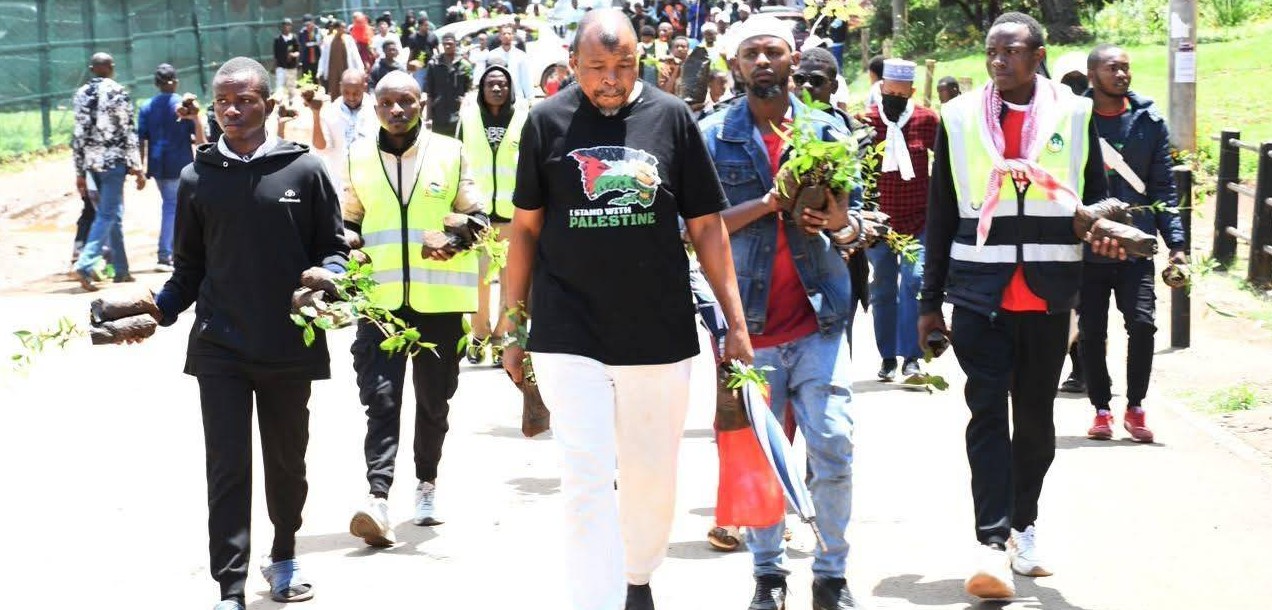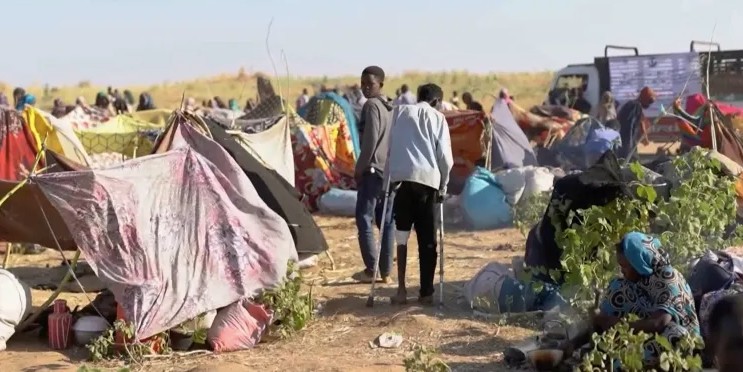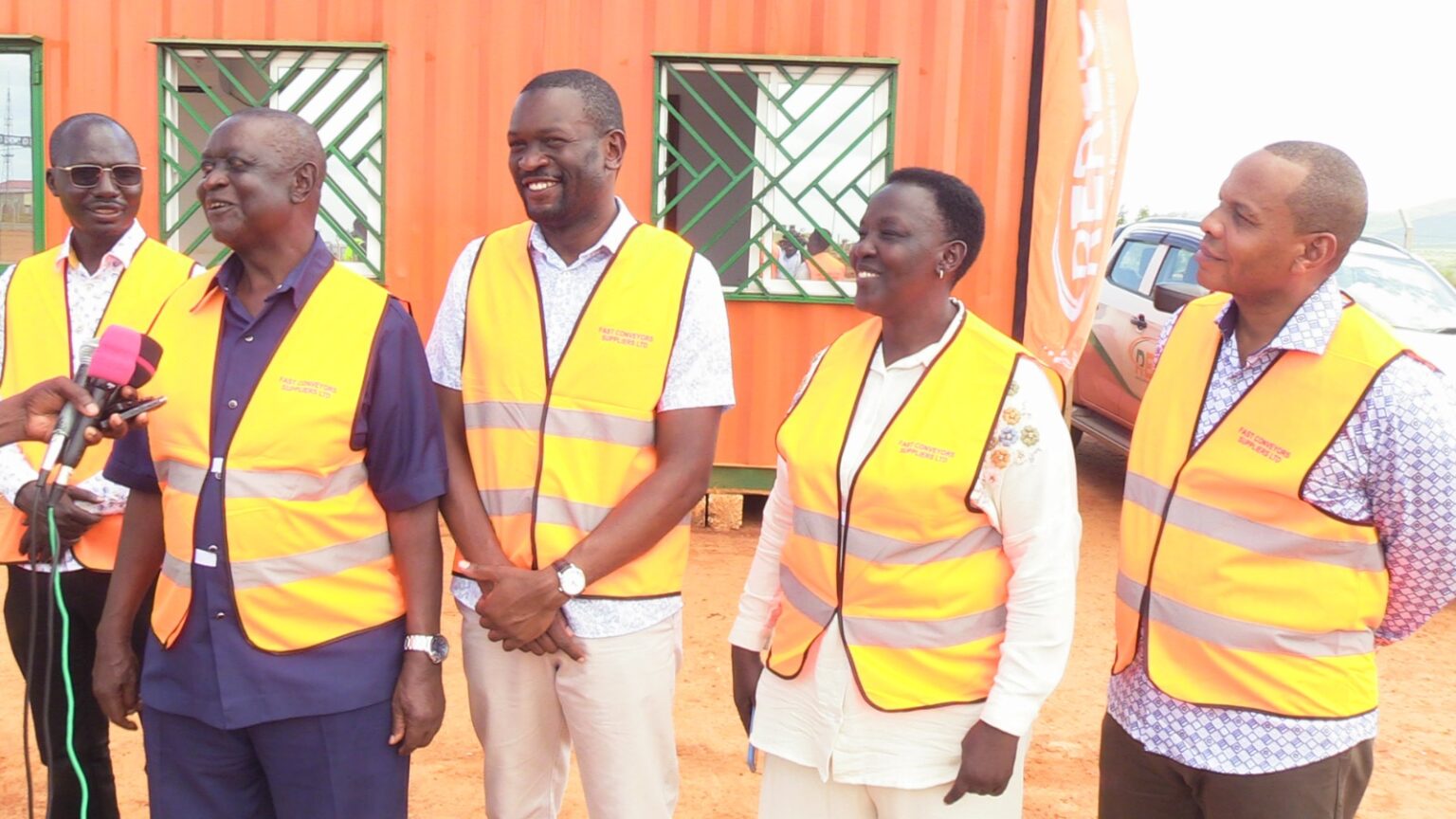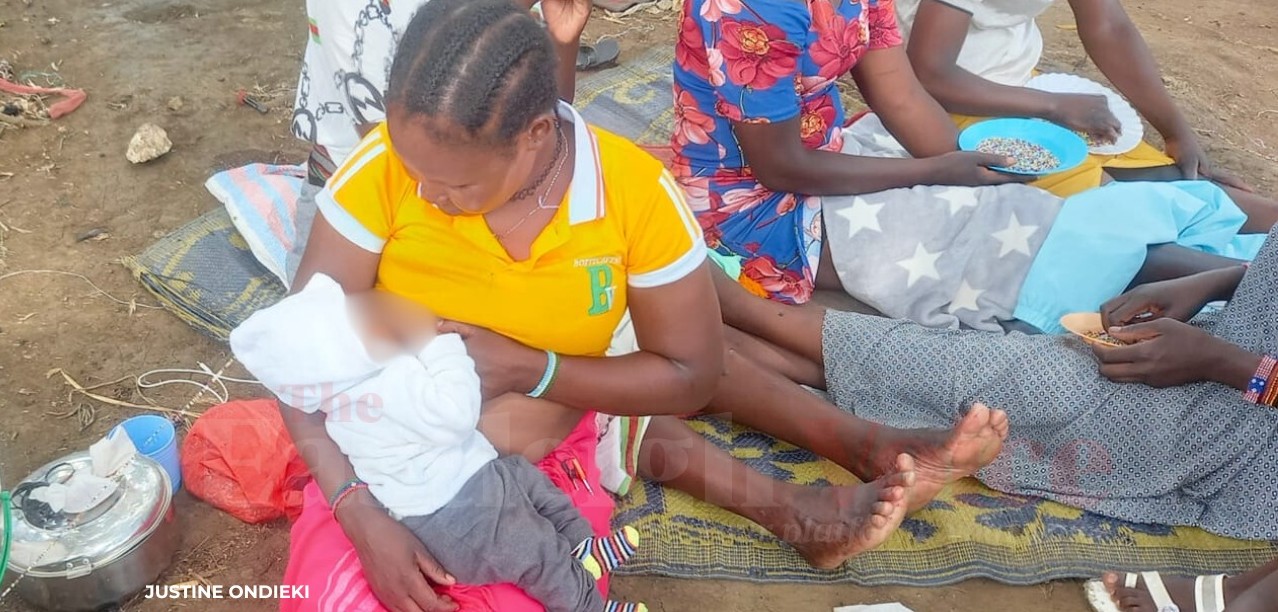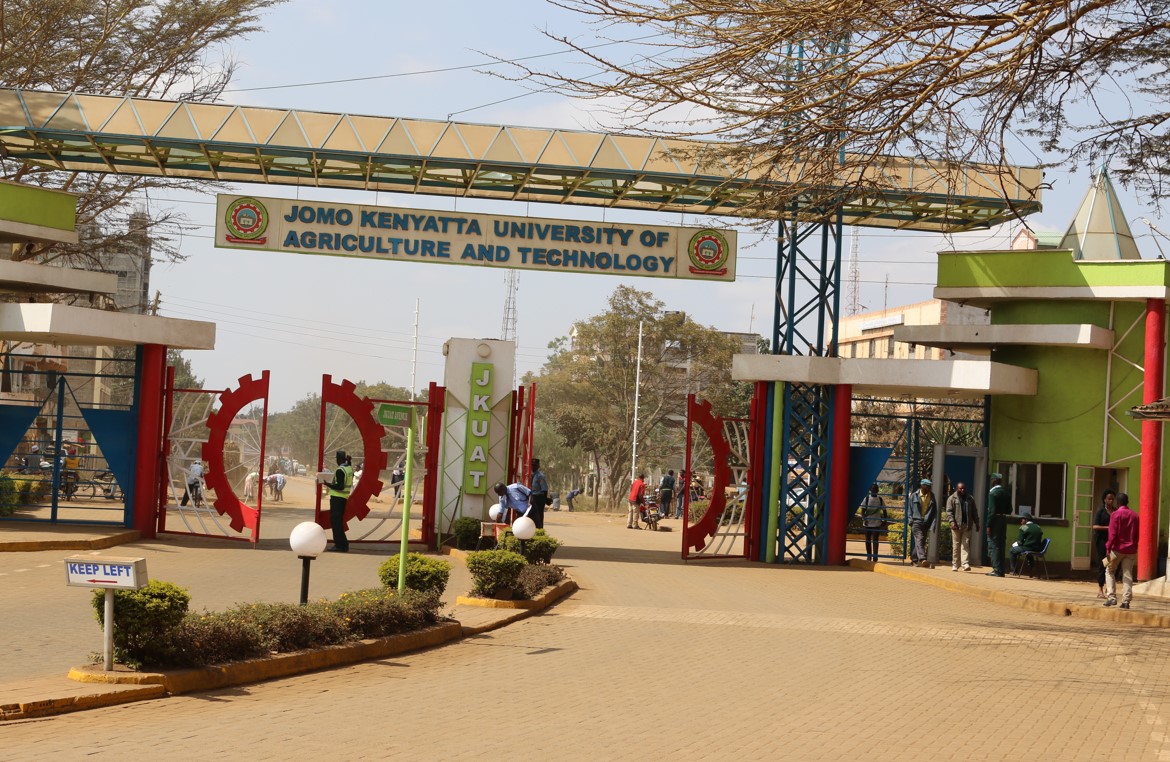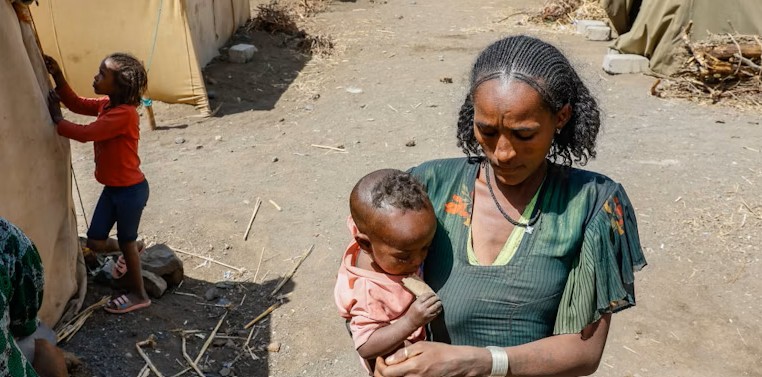How Lamu County is succeeding in fight against maternal, newborn deaths
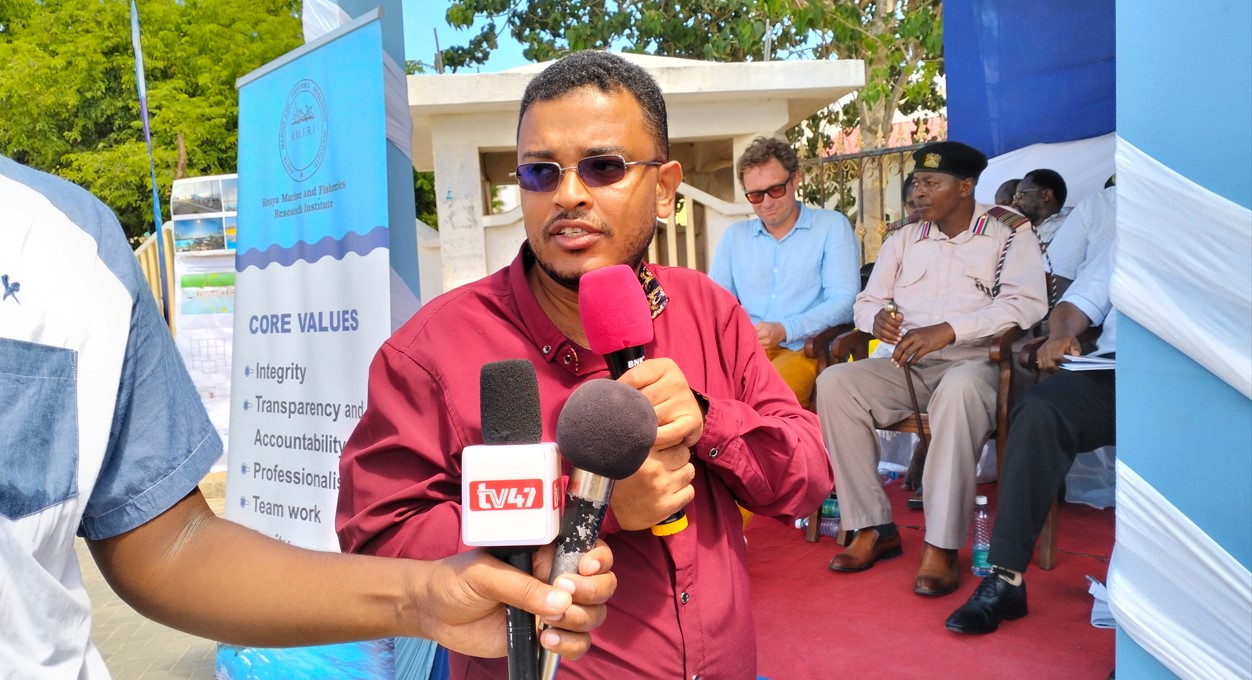
Health Executive Bahjaj said for the past two years, the county has built six new maternity wings in areas including Mpeketoni, Maisha Masha, Mkunumbi, Mokowe, Siyu and Ndau.
In recent times, Lamu County has been recording great strides in the fight against maternal and newborn mortality rates.
For the past 10 years, Lamu has been listed among 15 counties in Kenya that account for more than 60 per cent of maternal, newborn and child deaths in the country, according to the Kenya Demographic Health Survey of 2014.
More To Read
- Hospitals with high maternal mortality to lose licences, says Ministry of Health
- Kiunga residents in Lamu raise concerns over weapon testing near homes
- Lamu becomes first county to introduce digital mental health training
- Over 6,000 Kenyans join global run in Nairobi to raise awareness on maternal deaths
- Kenya to introduce mandatory sickle cell screening during maternal, child health visits
- Barriers to care: How systemic failures endanger teenage mothers in Kenya
By then, the maternal mortality ratio (MMR) in the county stood at 676 for every 100,000 live births, compared to the country’s statistics of 362 maternal deaths out of every 100,000.
During an interview with The Eastleigh Voice, Lamu Health Executive, Dr Mbarak Bahjaj, said the maternal and newborn death rate in the county has been cut down by nearly half. He attributed this to the improved health infrastructure.
He said most maternal mortality cases in Lamu County were caused by logistical challenges, many of which have been addressed.
Bahjaj said for the past two years, the county has built six new maternity wings in areas including Mpeketoni, Maisha Masha, Mkunumbi, Mokowe, Siyu and Ndau.
He observed that reducing maternal deaths requires the government to provide quality, accessible and affordable maternal health services like what they have been doing in recent years.
Burden of maternal deaths
“I can attest that for the past ten years, Lamu has been among the top 15 counties with the highest burden of maternal deaths. Through the various interventions that the county government has done in partnership with various stakeholders, we’ve managed to reduce mother and newborn baby deaths by nearly half. Our target is to reach the World Health Organisation’s (WHO) target of 70 per 100,000 live births,” said Bahjaj.
He said apart from building the maternity wings, the county has also been at the forefront of providing adequate resources for the training of midwives, effective supervision and logistics.
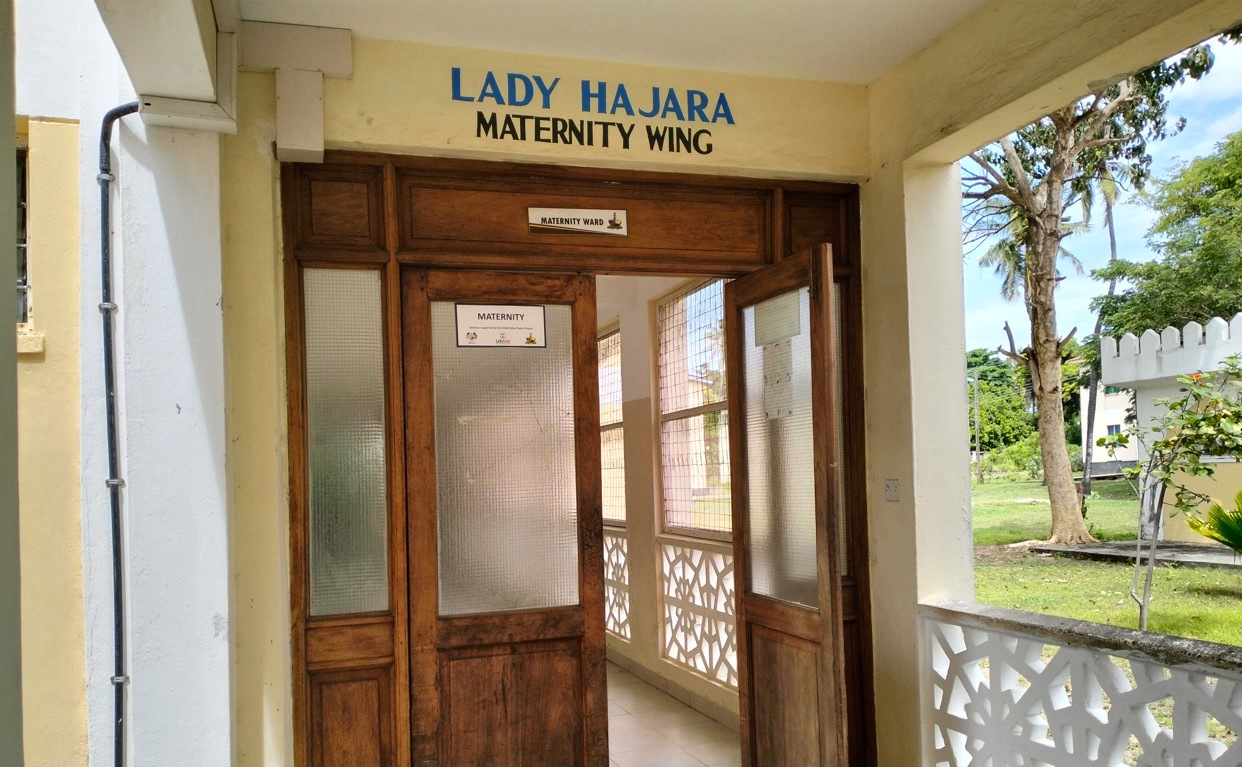 The Lady Hajara maternity wing at the King Fahd Hospital in Lamu. (Photo: Farhiya Hussein)
The Lady Hajara maternity wing at the King Fahd Hospital in Lamu. (Photo: Farhiya Hussein)
Lamu has been receiving the least allocation from the National Treasury every year. In the 2024/2025 financial year, the county received Sh3.2 billion from the National Treasury.
Bahjaj said out of the Sh3.2 billion, the health sector was allocated the lion's share of Sh1.2 billion, which has enabled them to undertake various projects meant to improve health service delivery in the county.
Limited health services
Some of the factors increasing women’s risk of dying from maternal causes include limited availability of health services, poor access to and low utilisation of skilled birth attendants during pregnancy, childbirth, and the postnatal period, limited availability of basic emergency obstetric care in the event of serious medical complications among others.
Bahjaj noted that women in areas like the terror-prone Boni Forest and Kiunga on the Kenya-Somalia border have tended to give birth at home due to a lack of maternal and hospital services in their areas.
“That’s why we are in the process of constructing maternity wings and a theatre in Basuba and Kiunga where pregnant women can seek assistance during emergencies instead of getting ferried in a boat across the vast Indian Ocean, for over two hours to seek such services at King Fahd County Referral Hospital in Lamu Town. We expect the facility to be ready by March 2025,” said Bahjaj.
The county has introduced several boat ambulances, cutting the time it takes to travel from places like Pate, Faza, Kiwayu, Mkokoni, Ndau, Kiunga and Kizingitini in Lamu East to the King Fahd Referral Hospital by boat from three hours to just 30 minutes. The move has also helped to save lives, particularly for pregnant women, when emergencies arise.
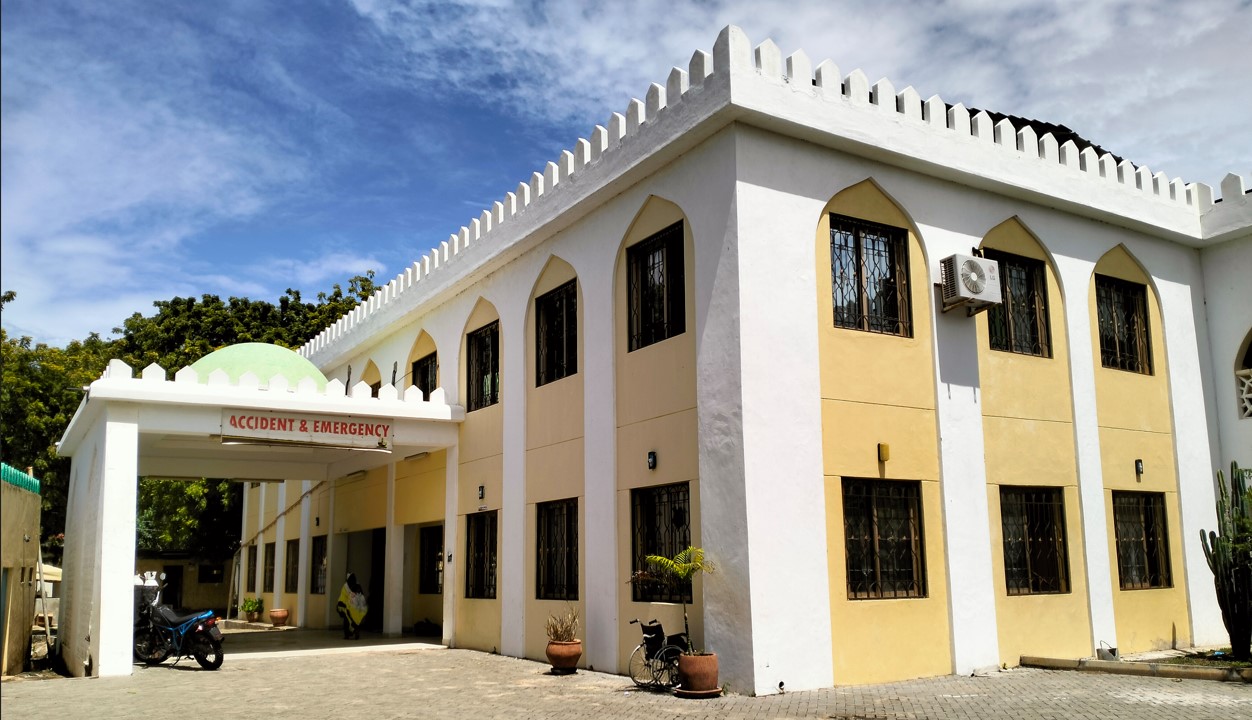 The accident and emergency wing at the King Fahd Hospital in Lamu. (Photo: Farhiya Hussein)
The accident and emergency wing at the King Fahd Hospital in Lamu. (Photo: Farhiya Hussein)
Life support ambulances
The advanced life support ambulances are always fully fitted with emergency facilities including patient monitors, medical oxygen, infusion pumps, delivery kits for pregnant mothers, surgical kits and stretchers for patients.
Residents interviewed by The Eastleigh Voice in Lamu East villages noted that their region was the most disadvantaged in terms of access to referral hospitals.
Ahmed Kombo, a Kiwayu resident, said the fact that many parts of Lamu East Sub-County are made up of remote islands situated in far-flung areas separated by the vast Indian Ocean poses a great hindrance for them to access the required health services.
“Most of our women are more than willing to seek hospital deliveries whenever they want to give birth. They end up giving birth at home as the health services are inaccessible,” said Kombo.
Fatma Abdi, a traditional birth attendant in Kiangwe in Boni Forest, said many women have to employ her services as they don’t have the cash required to hire a boat to King Fahd Hospital in Lamu town to deliver.
“We the Bonis are poor. Who can afford the Sh20,000 needed just to hire a boat to King Fahd to deliver? That's why we prefer home deliveries since we have no alternative,” said Fatma.
Salim Mahazi, a resident of Mararani in Boni Forest, called on the county government of Lamu to consider establishing a maternity wing in their village to reduce the many home deliveries that often lack proper care.
Top Stories Today
